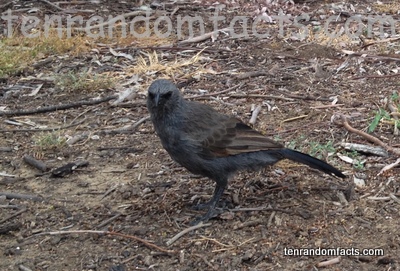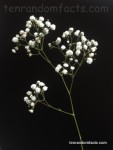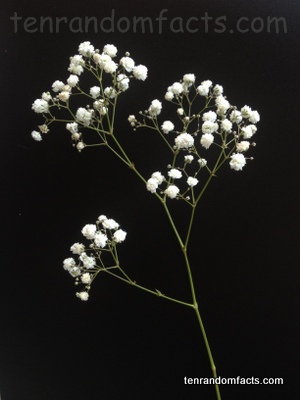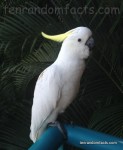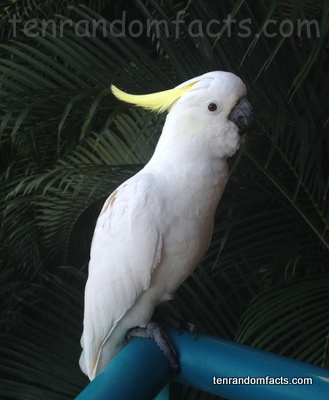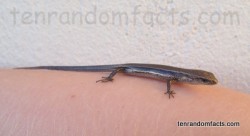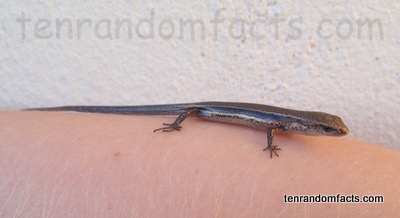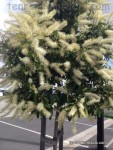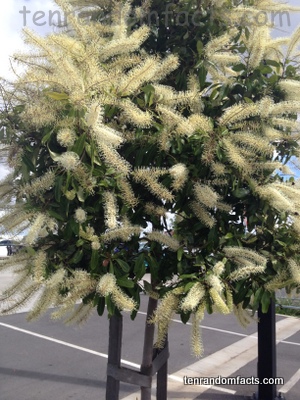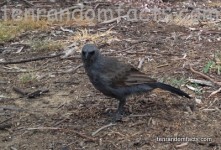
The apostlebirds are preaching in the mornings.
- Apostlebirds are birds native to inland eastern and southern woody habitats of Australia.
- ‘Apostlebirds’ are also known as ‘grey jumpers’, ‘lousy jacks’, ‘family birds’, ‘happy jacks’, and a group of them is sometimes called ‘twelve apostles’ or a ‘happy family’.
- Typically, apostlebirds have plumage that is mostly grey in colour, with touches of brown and black in various places.
- The scientific name of an apostlebird is Struthidea cinerea, and it is from the family Corcoracidae, also known as Struthideidae, the family of Australian mudnesters.
- Apostlebirds coexist helpfully in groups, actively caring for fellow birds, eggs and chicks, and all contributing to nest building.
- Female apostlebirds generally lay two to five very light blue to white coloured eggs, that have brown or grey coloured specks, and they are laid in a high, mud and grass nest.
- The name ‘apostlebird’ is derived from the twelve apostles of Jesus Christ, as the birds usually live in groups that number ten to twelve birds.
- The diet of apostlebirds consists primarily of insects and vegetation, such as seeds and leaves.
- Apostlebirds grow to lengths of 29 to 33 centimetres (11.4 to 13 inches), and weigh approximately 128 grams (4.5 ounces).
- Apostlebirds are often seen foraging on the ground in their family groups, and in winter a number of groups may congregate together.



